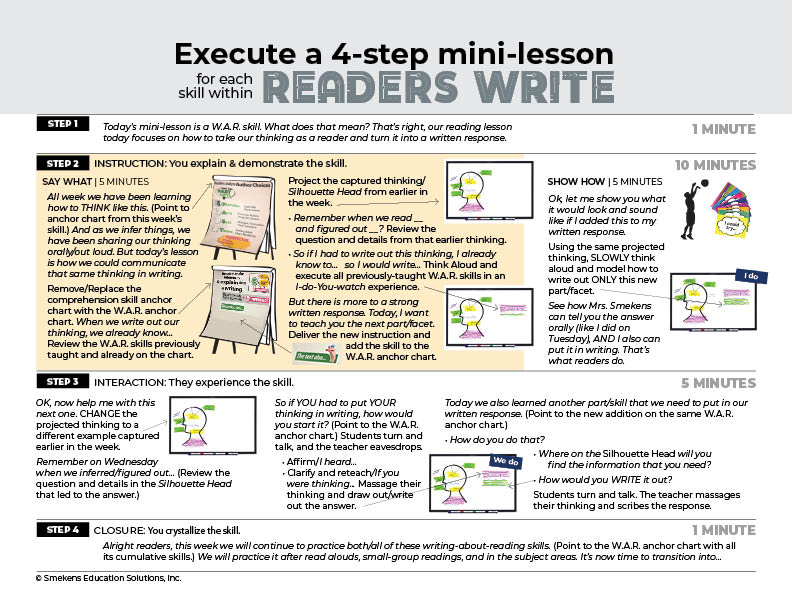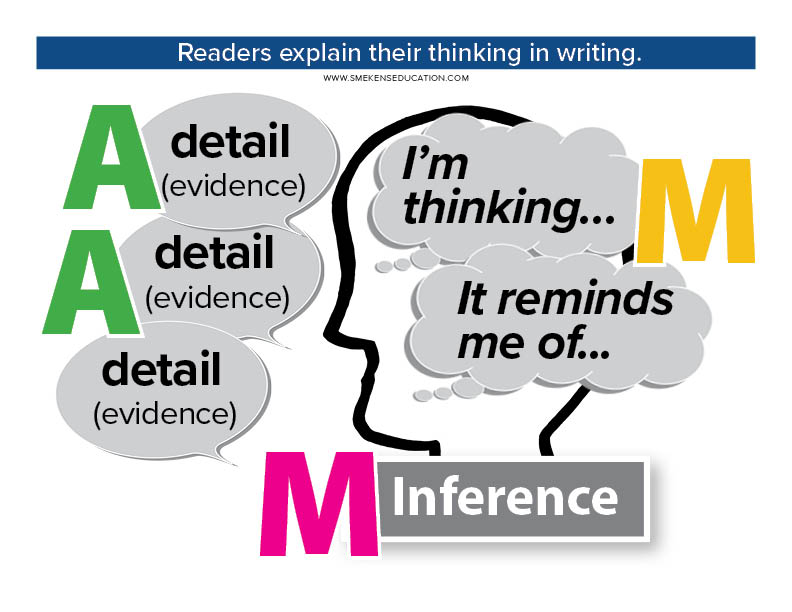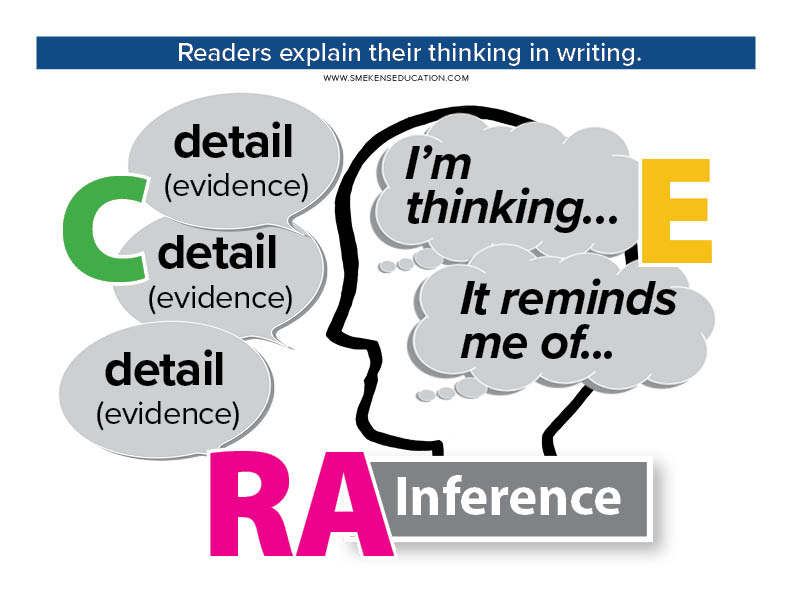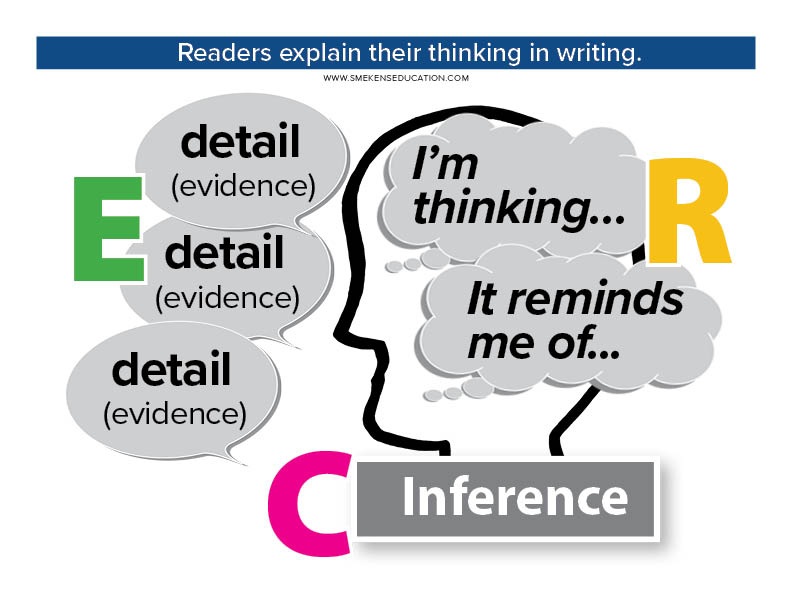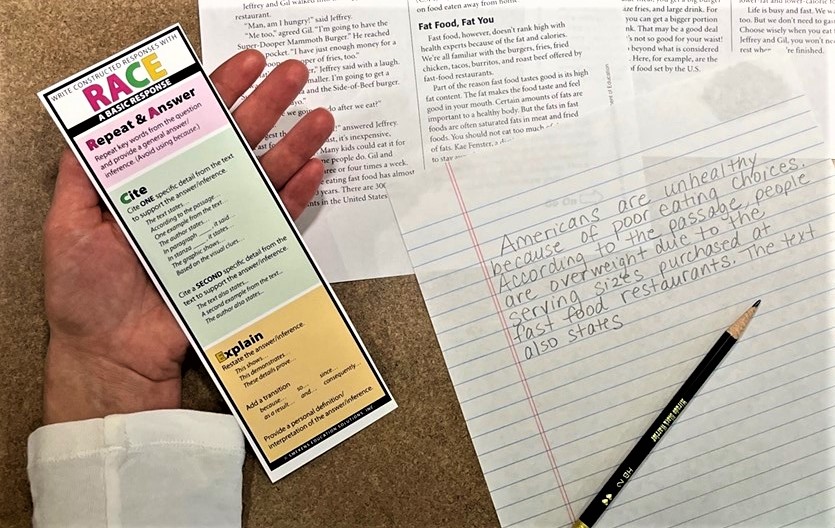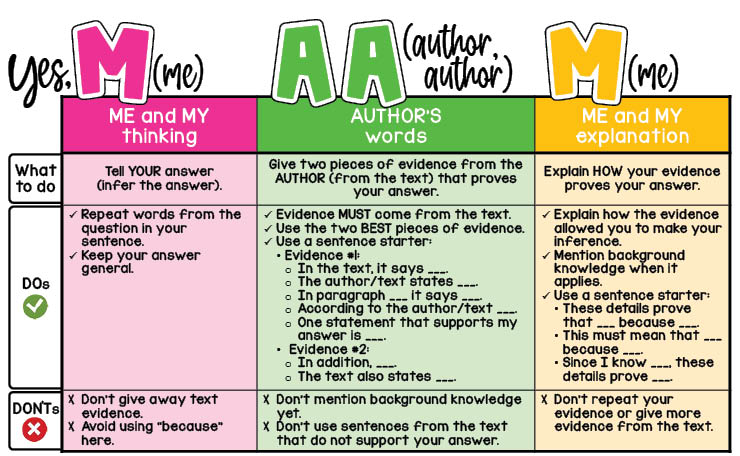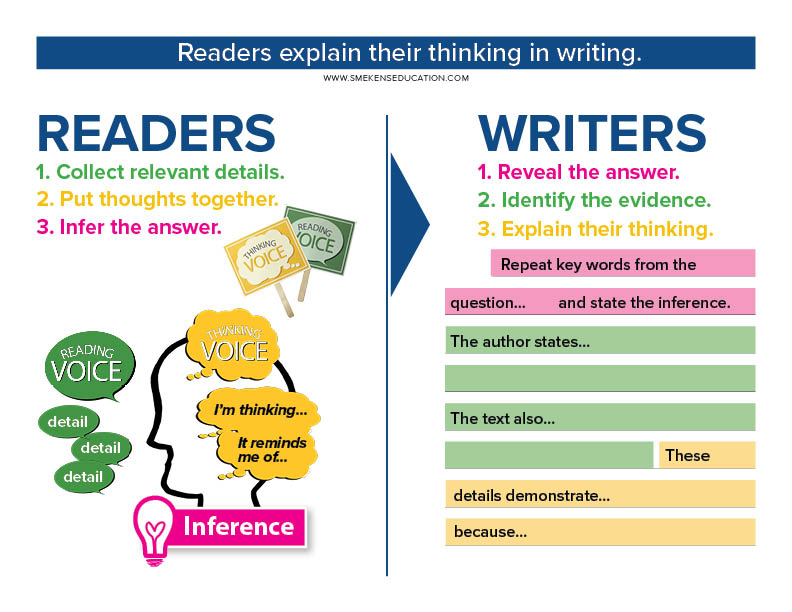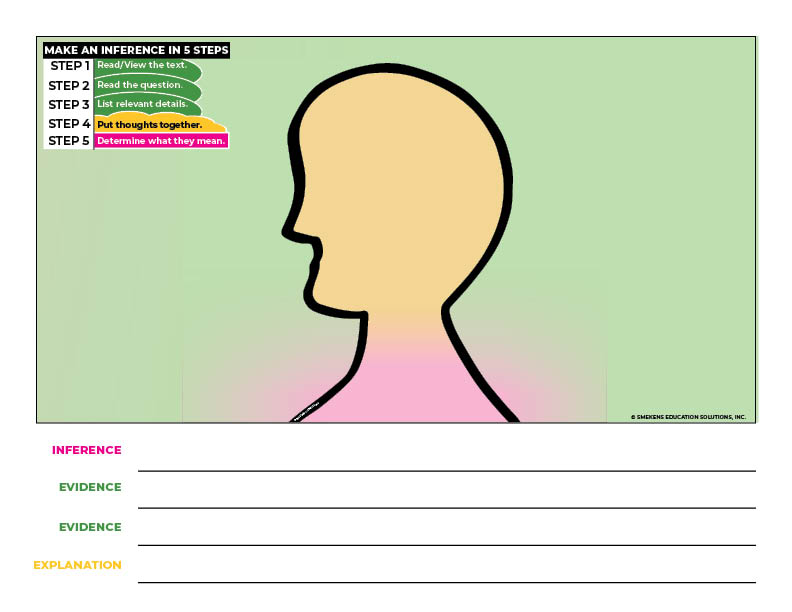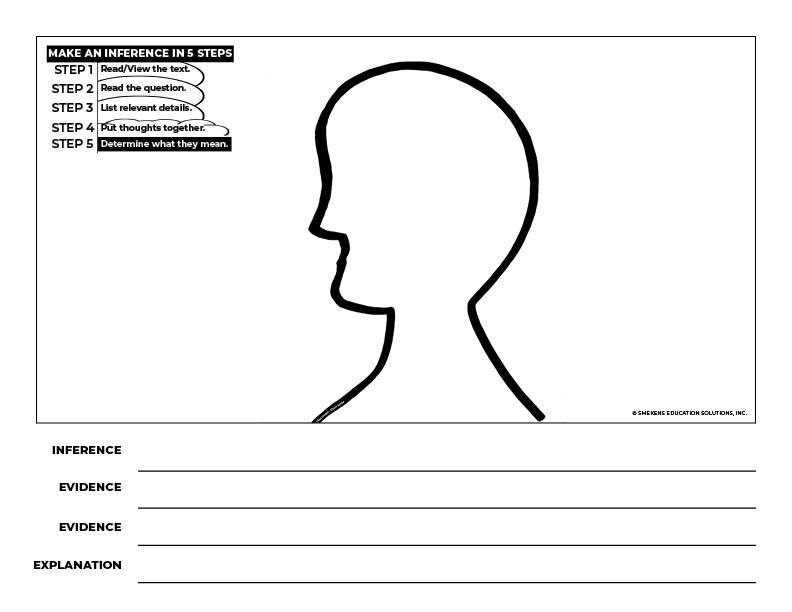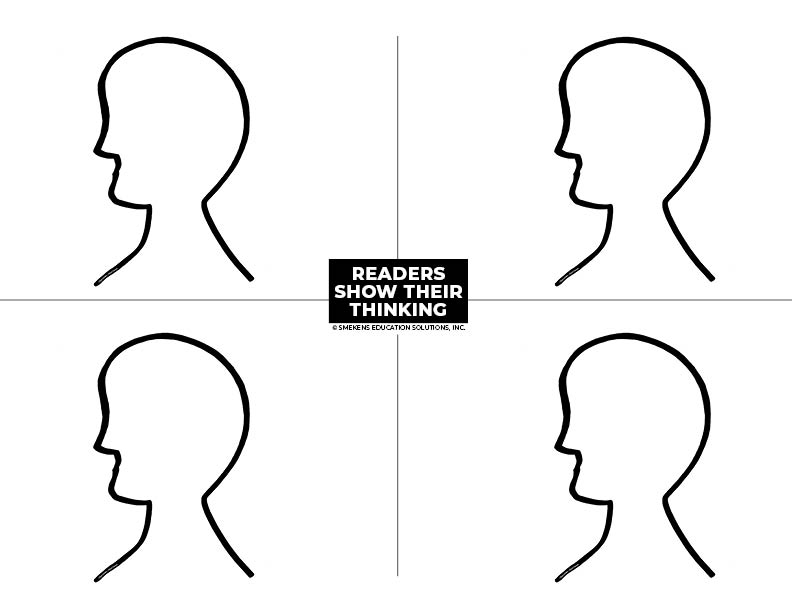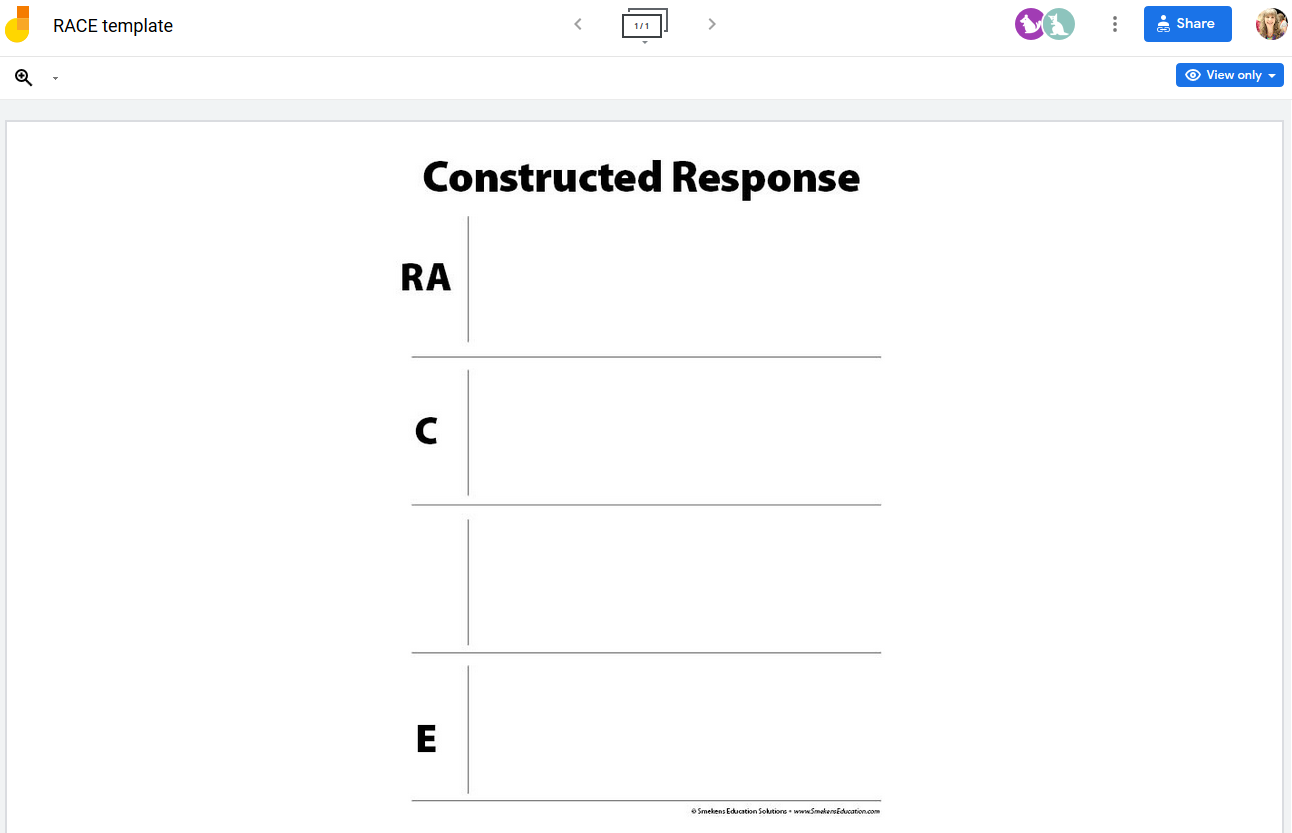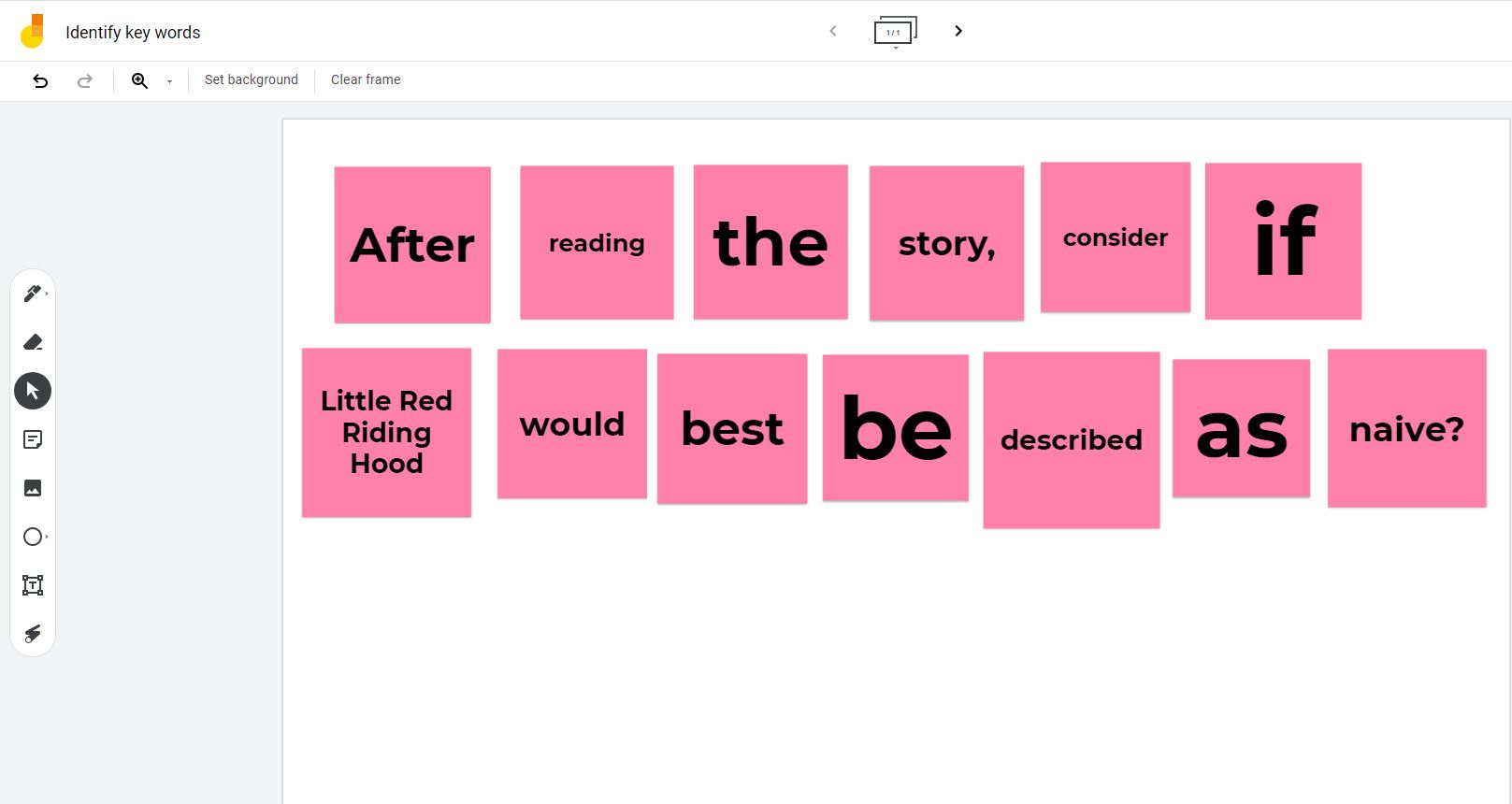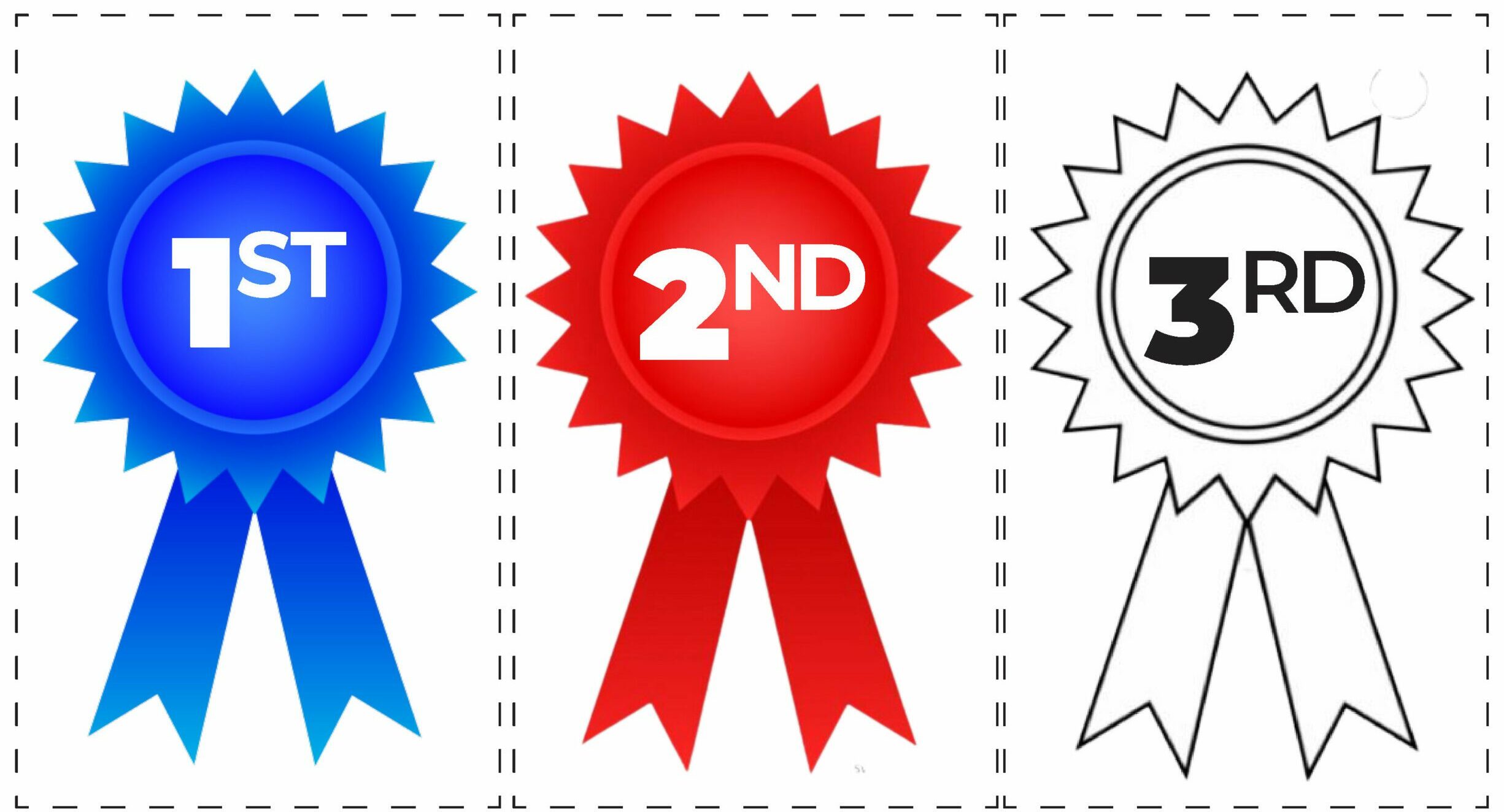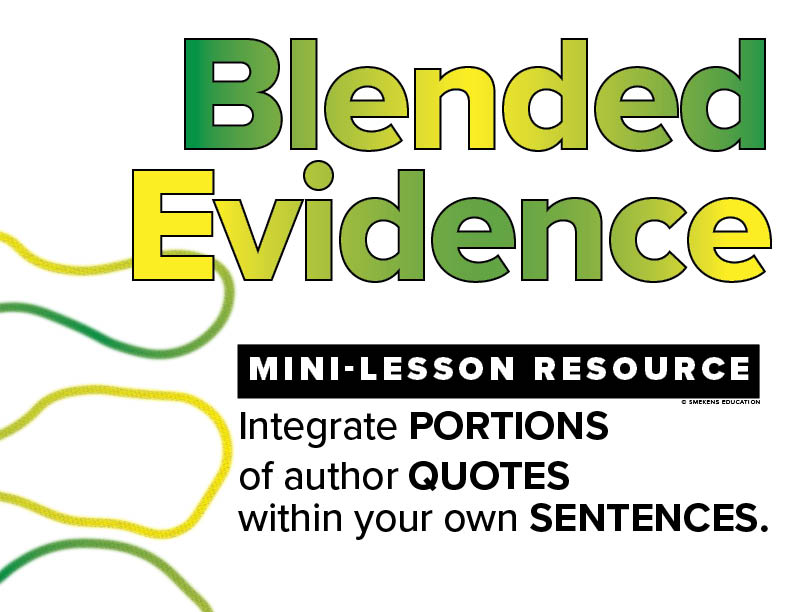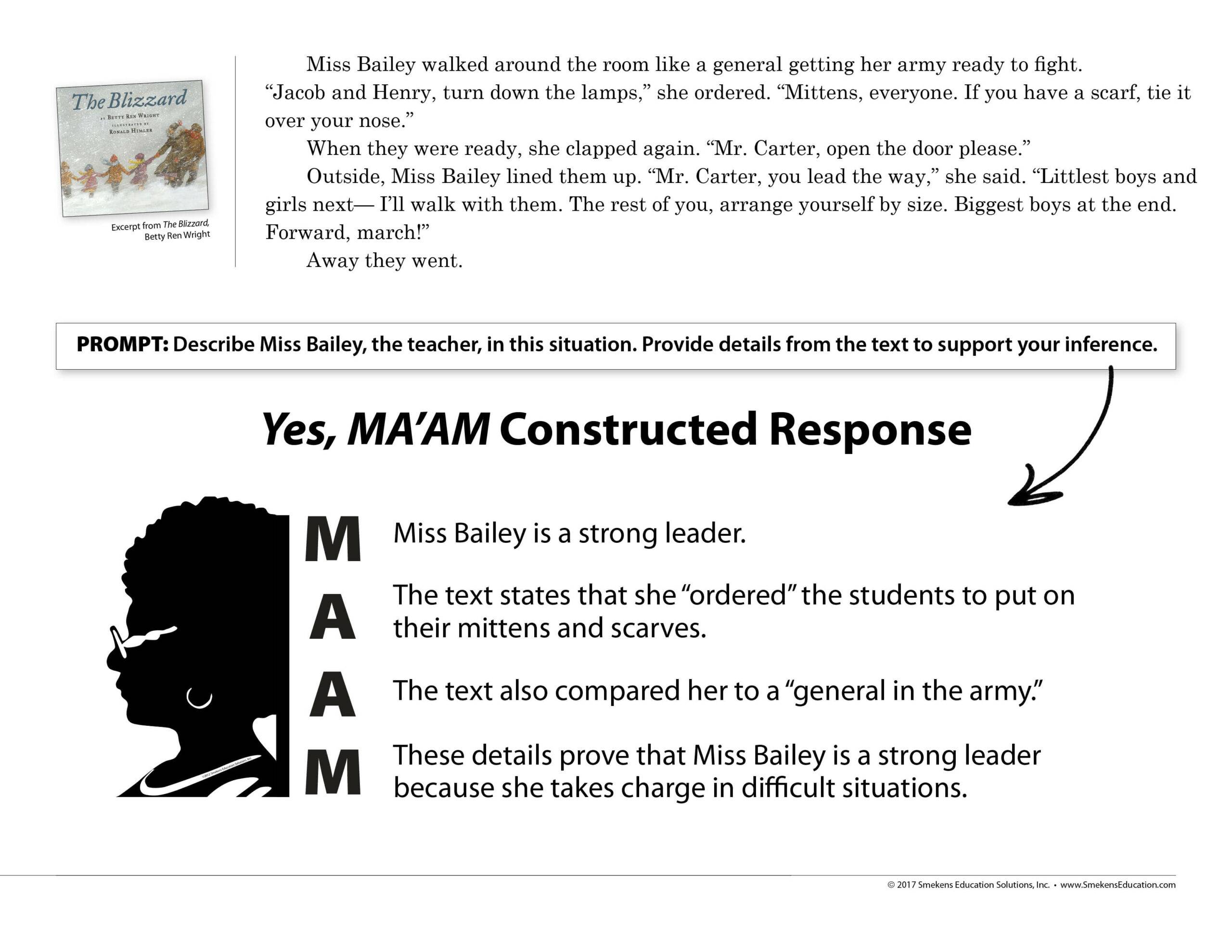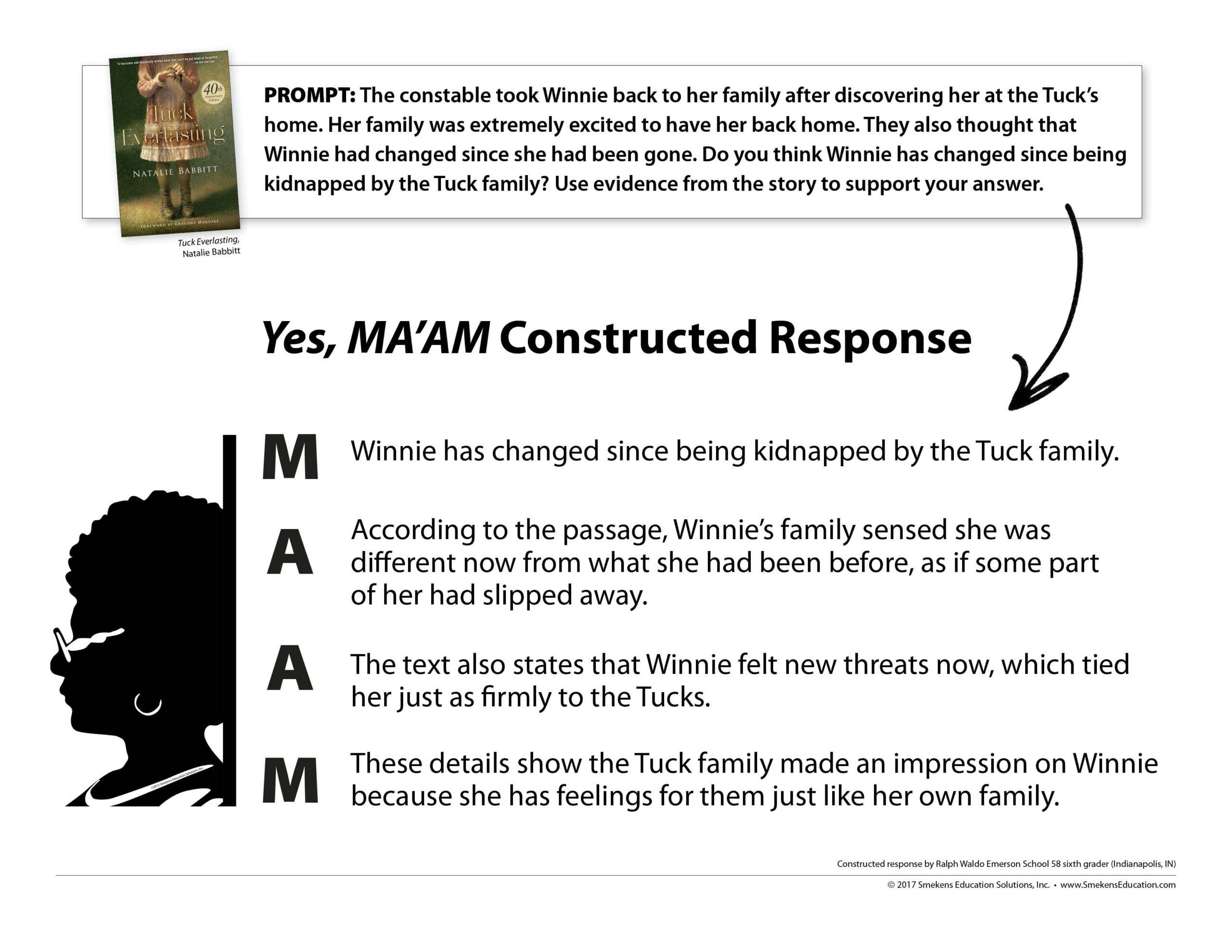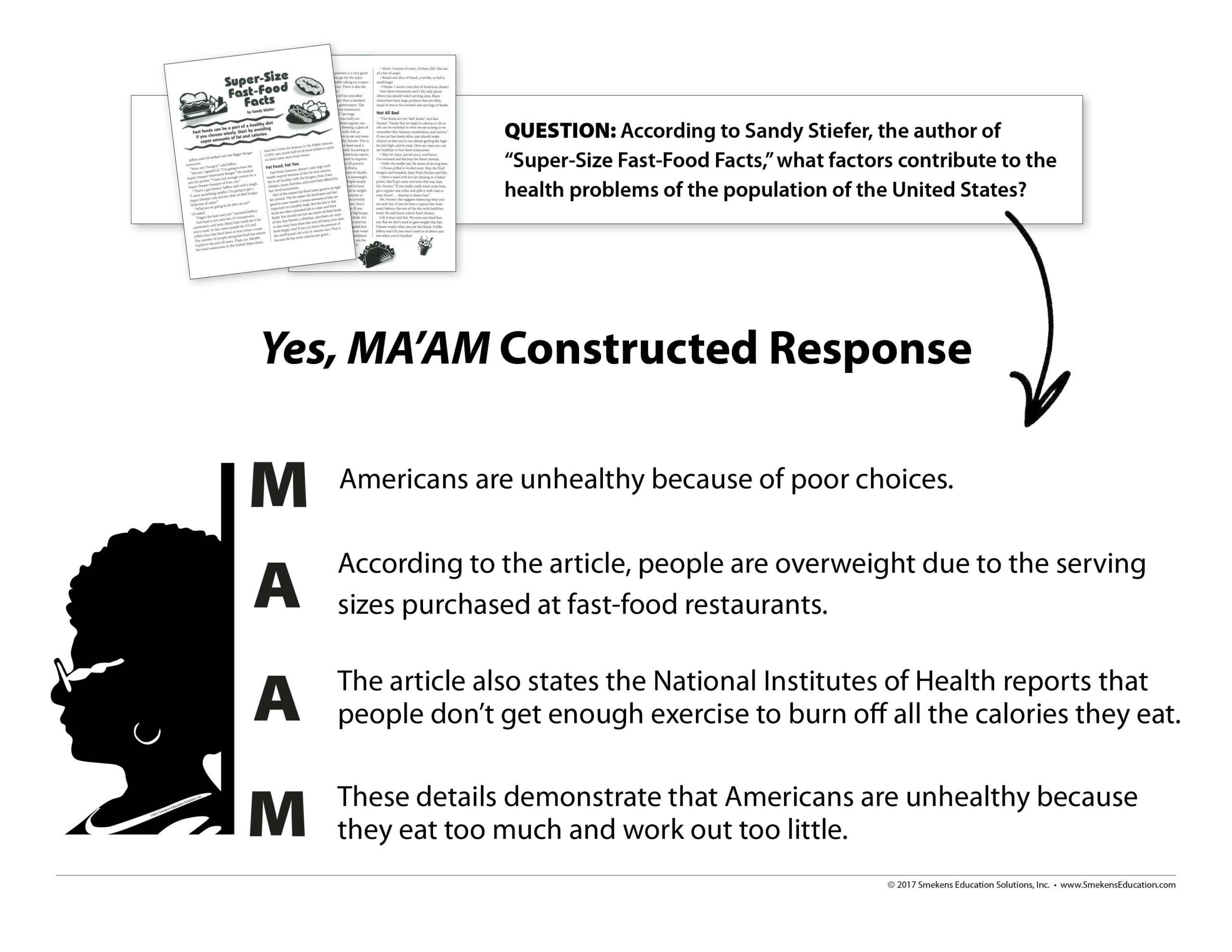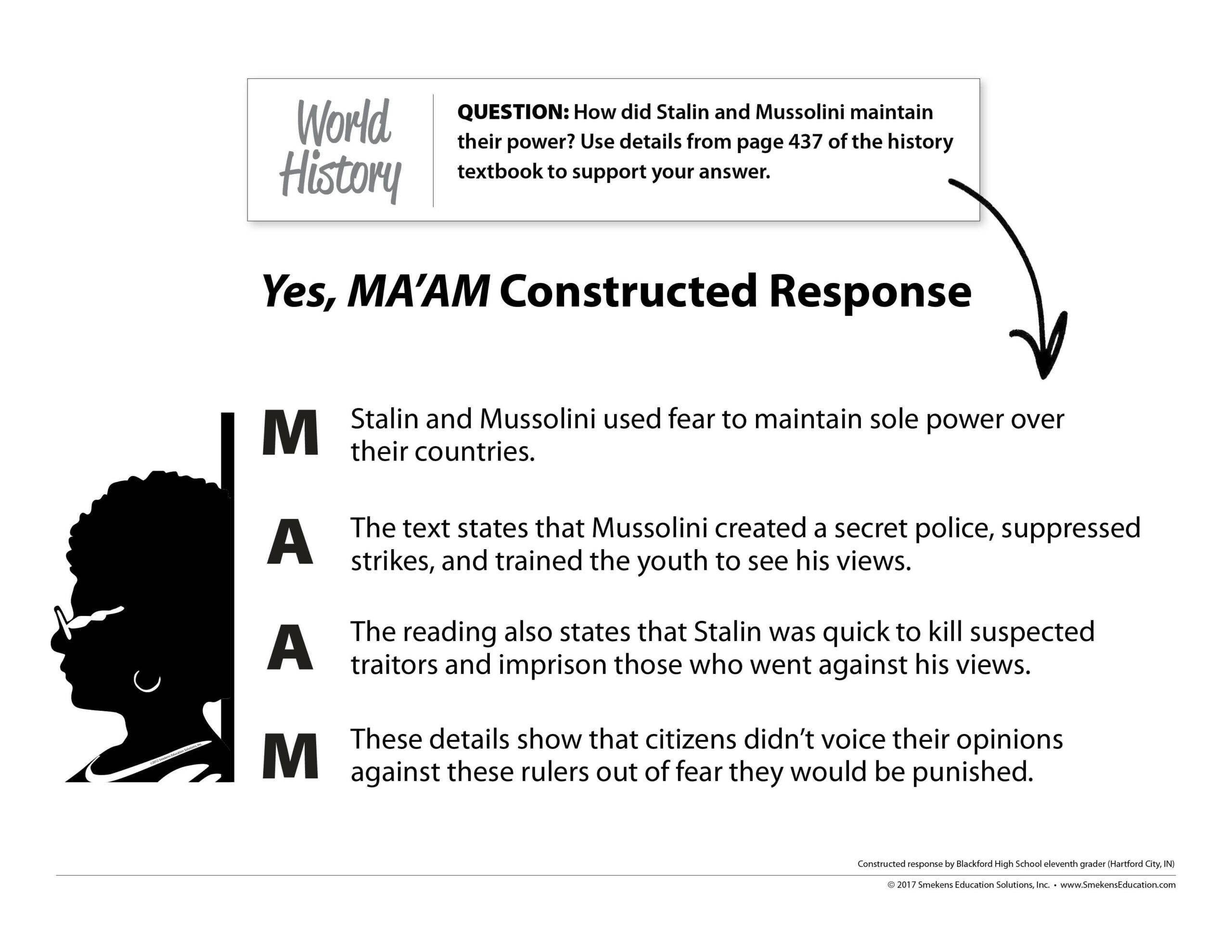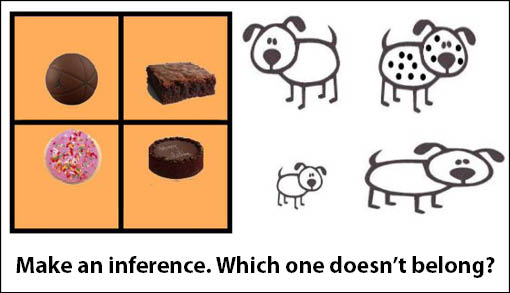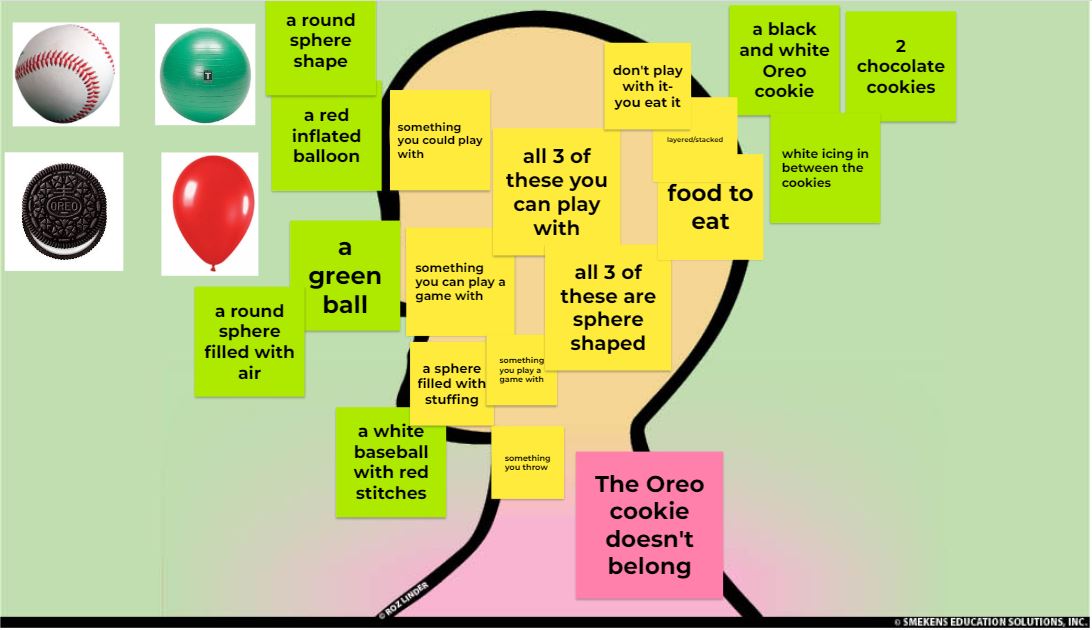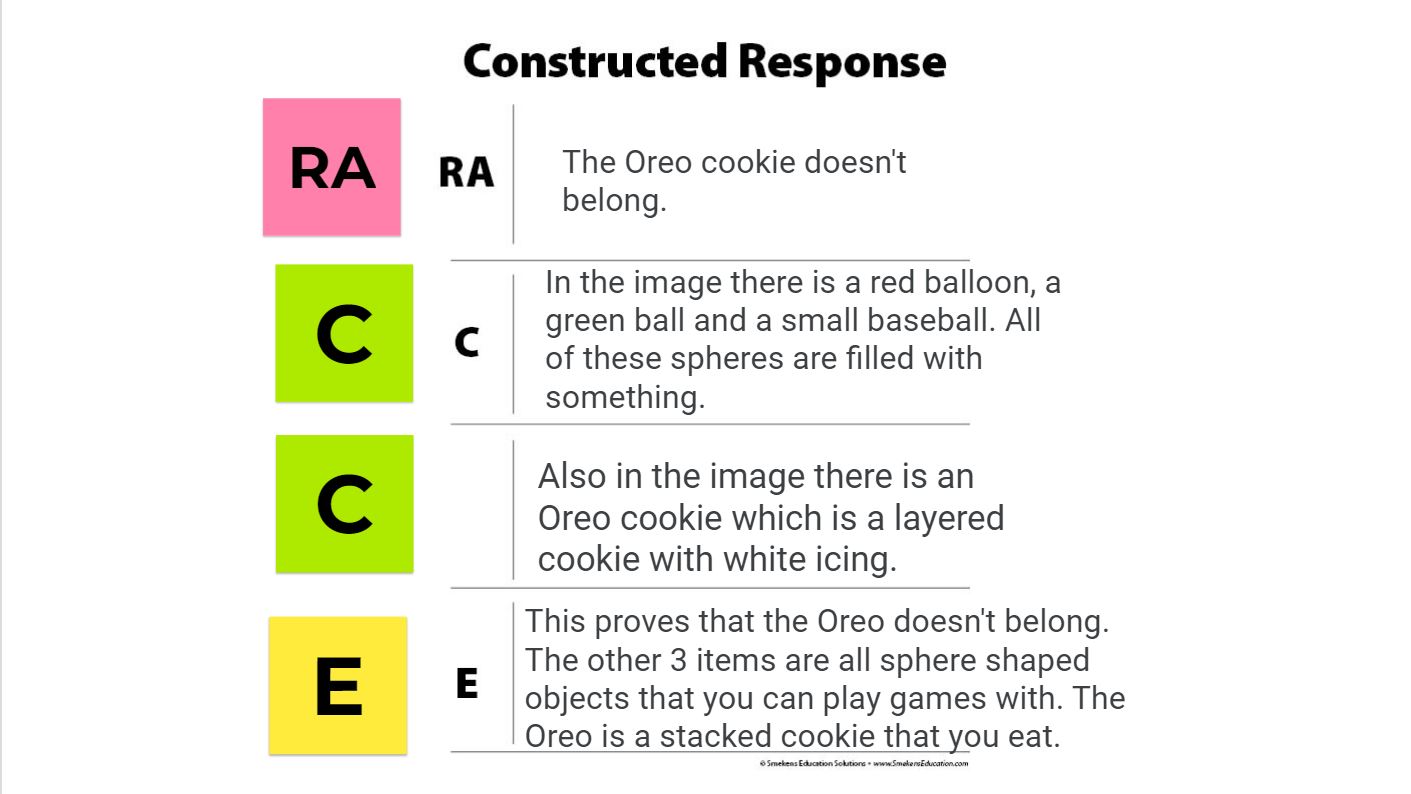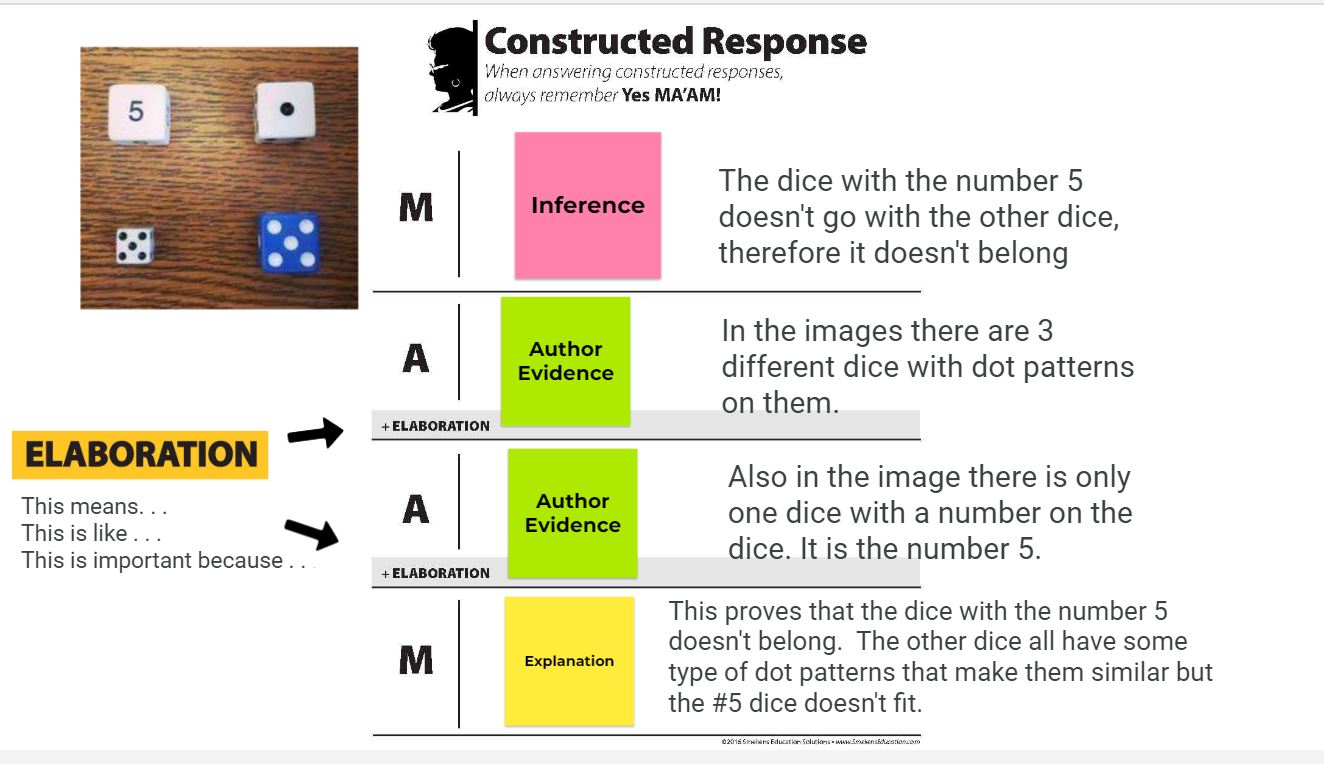READERS WRITE
about texts
Basic constructed response: Skills 1-5
Skill 1: Readers write the inference/answer first.
Convert the last thought as a reader into the first thought as a writer.
Photocopy the bookmark sheets back to back and cut them individually. Students use the FRONT when practicing BASIC constructed-responses and the BACK after learning the ingredients to a more POLISHED response. BOOKMARKS | RACE | Yes, MA’AM | CER
Utilizing the same colors, Melinda Dittmer added DOs & DON’Ts to support her Isom third graders (Greenwood, IN).
Expect readers to show their thinking.
Explain inferences in writing.
Take advantage of a consistent formula.
Skill 2: Write the 1st sentence.
Readers repeat key details from the question/prompt within the response.
Skills 3-4: Write the 2nd and 3rd sentences.
Readers include multiple pieces of evidence within the writing response.
Choose the best evidence.
PDF | Original Text
Introduce evidence with blended sentences.
Skill 5: Write the 4th sentence.
Readers explain their thinking in writing.
Write the Explanation sentence.
PDF | Previous Thinking Silhouette 1 | Silhouette 2
Ohio teacher Missy Biddinger shared this joke to justify the reason readers add an explanation sentence.
Practice converting inferences into constructed responses
All readers can practice making inferences using visuals. NOTE: There is no answer. It’s about being able to prove an inference and then communicate it in writing.
Provide 4 images and ask students
“Which one doesn’t belong?”
Read, infer, and write—all in one sitting.
Assess constructed-response ingredients.
Read each student’s response, noting the 3 greatest weaknesses. The skills with the most tally marks should be re-taught.

